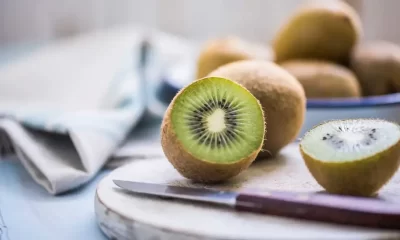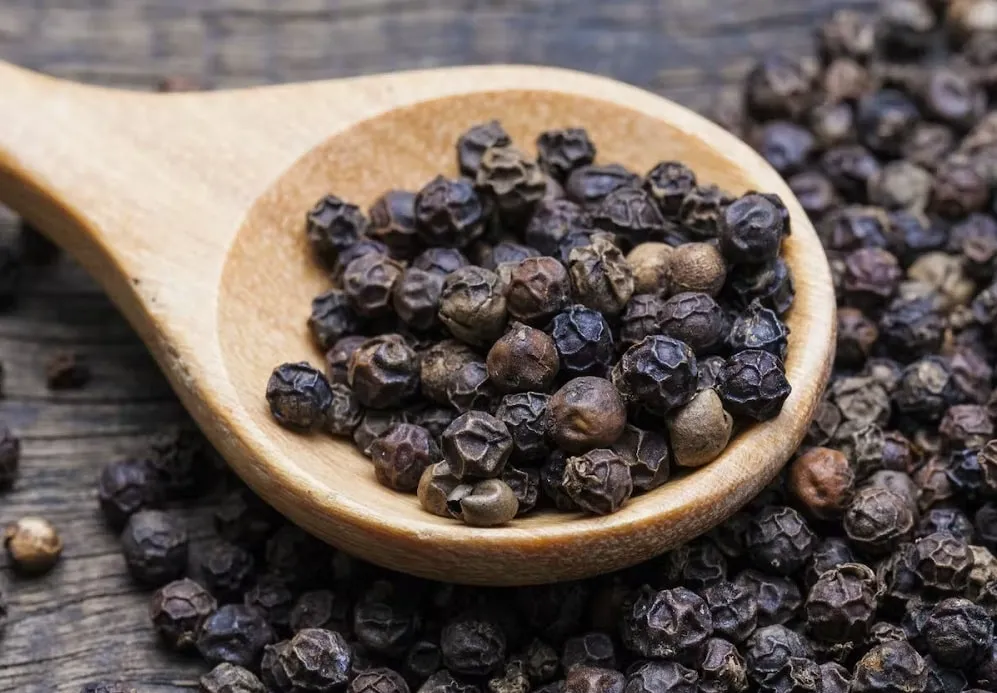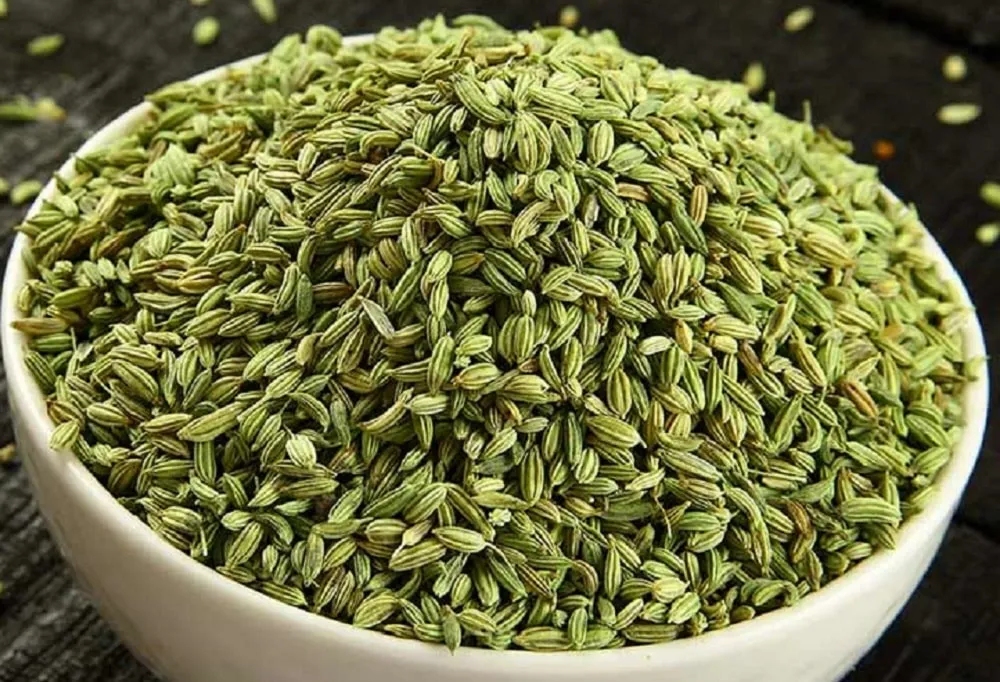Herbs & Spices
50 HERB NAME LIST

Herbs & Spices
Black Pepper Nutrition In Hindi- जानिये काली मिर्च में पाए जाने वाले पोषक तत्वों के बारे में
Herbs & Spices
Black Salt Nutrition In Hindi- काला नमक में पाए जाने वाले पोषक तत्त्व
Herbs & Spices
Fennel Seeds Nutrition- सौंफ में पाए जाने वाले पोषक तत्त्व
-

 Fruits4 months ago
Fruits4 months agoEating Kiwi At Night Is Good Or Bad?
-

 Nutrition Facts2 years ago
Nutrition Facts2 years agoBenefits Of Eating Dry Fruits At Night
-

 Fruits4 months ago
Fruits4 months agoMosambi (Sweet Lime)- Health Benefits, Nutritional Facts, Calories and Best time to drink Mosambi juice
-

 Health benefits of Juice4 months ago
Health benefits of Juice4 months agoCan We Eat Oranges During Periods?
-

 Nutrition Facts2 years ago
Nutrition Facts2 years agoThe Egg is Veg or Non-Veg
-

 Fruits4 months ago
Fruits4 months agoIs Eating Grapes at Night Good or Bad? Know the Benefits, Drawback and Grape Snacks
-
Fruits2 years ago
Can We Eat Papaya And Grapes Together?
-

 Fruits4 months ago
Fruits4 months agoHow Much Papaya Seeds Should I Eat Per Day














